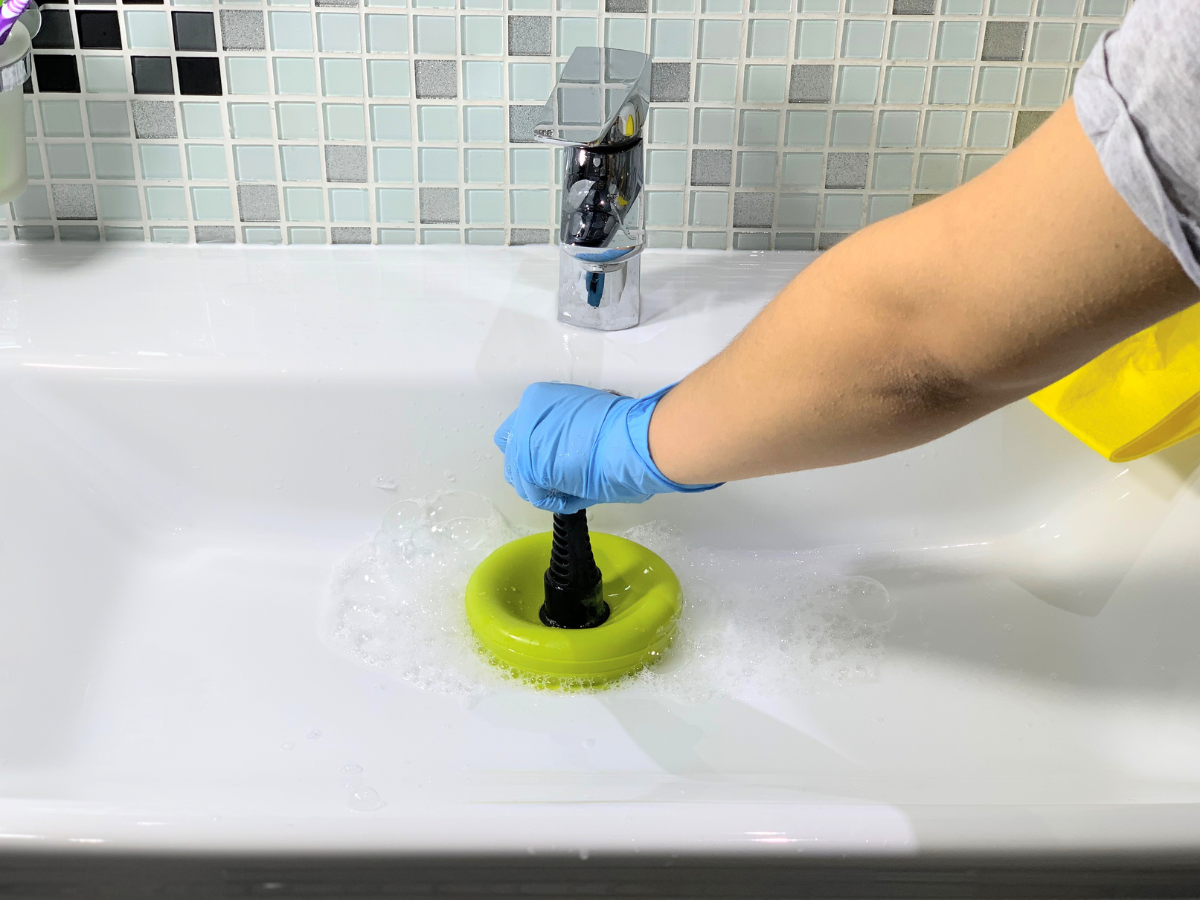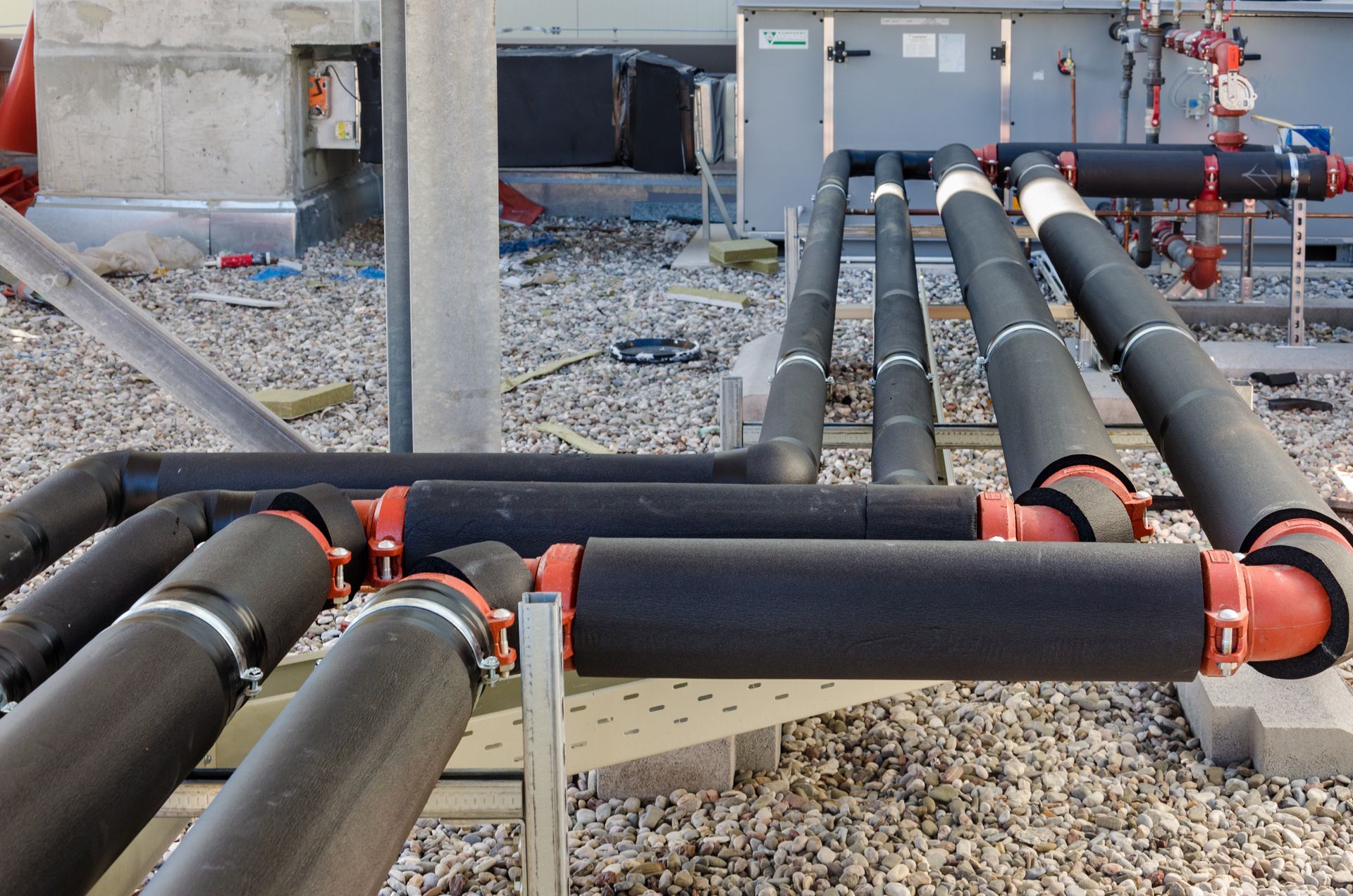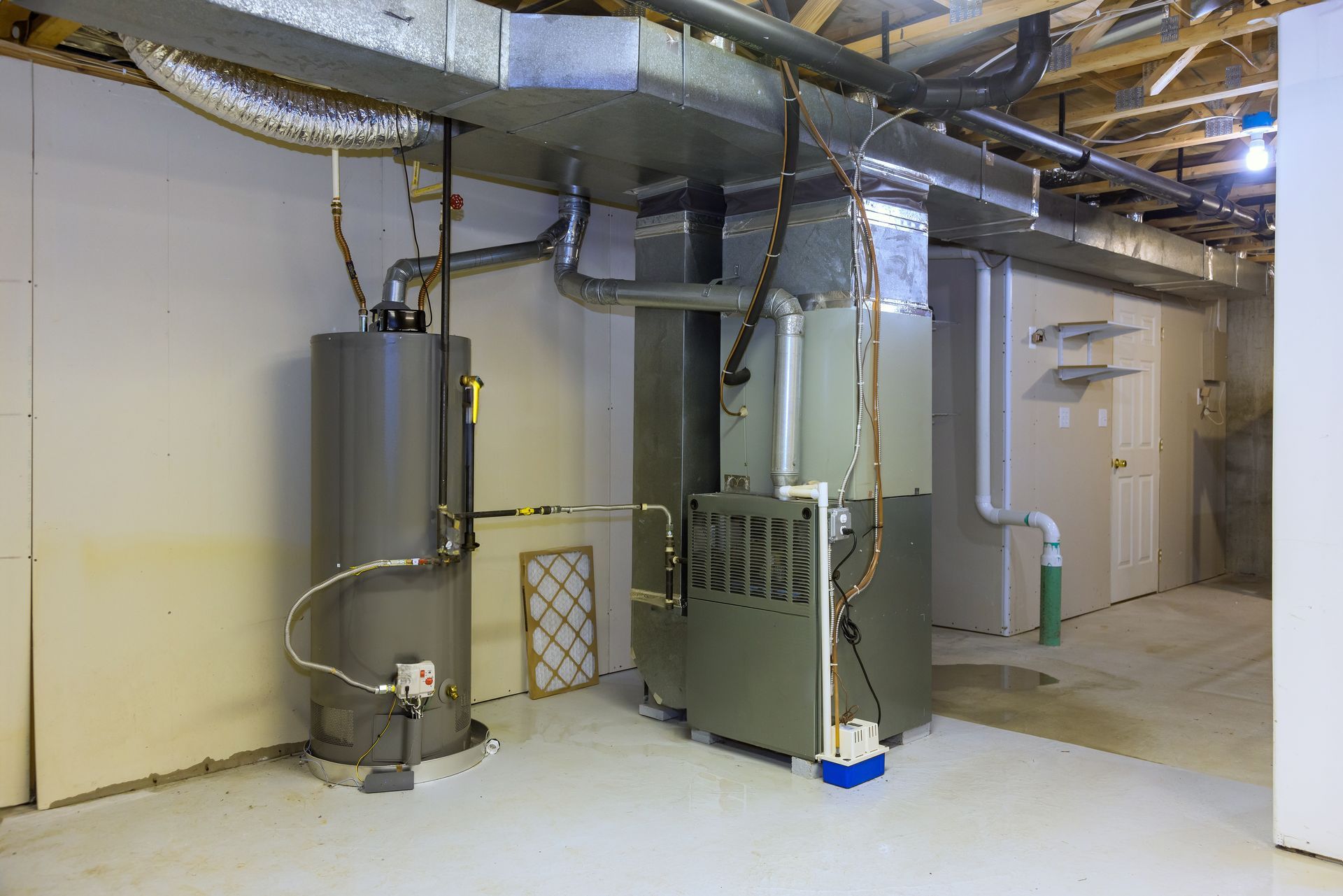A clogged bathroom sink can be a frustrating issue that disrupts your daily routine. Whether it’s slow drainage or a completely blocked sink, these problems can quickly escalate if not addressed properly. Understanding the common causes of bathroom sink clogs can help you identify the problem early and prevent future blockages. In this blog, we’ll explore some of the most common causes of bathroom sink clogs and offer helpful tips on how to prevent them.
1. Hair Buildup
One of the most common causes of bathroom sink clogs is hair buildup. When you wash your face, brush your teeth, or shave, hair can easily fall into the sink. Over time, hair accumulates in the drain, creating a blockage that can restrict the flow of water. This is especially true for households with long hair.
To prevent hair clogs, consider using a drain catcher or hair strainer in your sink. These devices catch hair before it enters the drain, preventing it from building up inside the pipes. Regularly cleaning the sink and drain can also help reduce hair buildup.
2. Soap Scum Accumulation
Soap scum is another culprit that often contributes to bathroom sink clogs. Over time, soap and body oils can mix with minerals in the water to form a sticky residue that clings to the sides of the pipes. This accumulation narrows the drain, eventually leading to a clog.
To reduce soap scum buildup, consider switching to liquid soap instead of bar soap, as bar soap tends to leave more residue. Regularly clean your sink and drain with a mixture of vinegar and baking soda to dissolve soap scum and keep the pipes clear.
3. Toothpaste and Other Products
Toothpaste, shaving cream, and other grooming products can contribute to sink clogs when not properly rinsed away. These substances often contain ingredients that can stick to the sides of pipes, causing buildup over time. When toothpaste is left to dry and accumulate, it can form a thick layer that blocks the drain.
To prevent toothpaste and product buildup, make sure to rinse your sink thoroughly after every use. If you notice that your sink is draining slowly, pour hot water down the drain to help break up the residue.

4. Foreign Objects in the Drain
It’s easy to accidentally drop small items into the bathroom sink, such as jewelry, cotton swabs, or hairpins. These objects can get caught in the drain, leading to blockages that impede water flow. While these objects may seem small, they can create significant clogs if not removed promptly.
To avoid this issue, be mindful of the items around the sink and make sure to keep small objects away from the drain. If something does get dropped in, try to retrieve it quickly to prevent it from becoming lodged in the pipes.
5. Hard Water Deposits
In areas with hard water, mineral deposits can accumulate inside the pipes, narrowing the space for water to flow. Over time, these deposits can build up around the drain and cause clogs. Hard water can also combine with soap scum to form a thick residue that is difficult to remove.
To combat hard water buildup, you can use a water softener to reduce mineral deposits in your plumbing system. Regularly cleaning the drain with vinegar and baking soda can also help remove mineral buildup and keep your sink draining properly.
6. Broken or Worn-Out Pipes
In some cases, bathroom sink clogs can be caused by damaged or deteriorating pipes. Over time, pipes can become corroded, cracked, or misaligned, which can cause water to pool and debris to accumulate. These types of clogs are more difficult to fix and may require professional plumbing services.
If you suspect that your pipes are the cause of the clog, it’s important to call a professional plumber to assess the situation. At Edwards Plumbing, we specialize in diagnosing and repairing damaged pipes to ensure your plumbing system is functioning properly.
7. Tree Roots Infiltrating Pipes
While this is less common in bathroom sinks, tree roots can infiltrate underground pipes and cause significant blockages. If you have large trees near your plumbing system, their roots may grow into the pipes, causing blockages and water backups. Tree root invasion typically occurs in older homes with aging sewer lines.
If you suspect that tree roots may be causing your plumbing issues, it's best to contact a plumber who can use specialized equipment to clear the roots and inspect the condition of your pipes. Regular maintenance and pipe inspections can help prevent these types of blockages.
Conclusion
Bathroom sink clogs can be caused by a variety of factors, from hair buildup to soap scum accumulation. By being mindful of what goes down your sink and performing regular maintenance, you can reduce the likelihood of clogs and keep your plumbing system in top shape.
If you’re dealing with a stubborn clog or suspect that your pipes need repair, Edwards Plumbing is here to help. Our expert team specializes in clearing clogs and providing professional plumbing solutions to ensure your home’s plumbing system is running smoothly. Contact us today to schedule an appointment or get more information about our services.
Share this blog!












